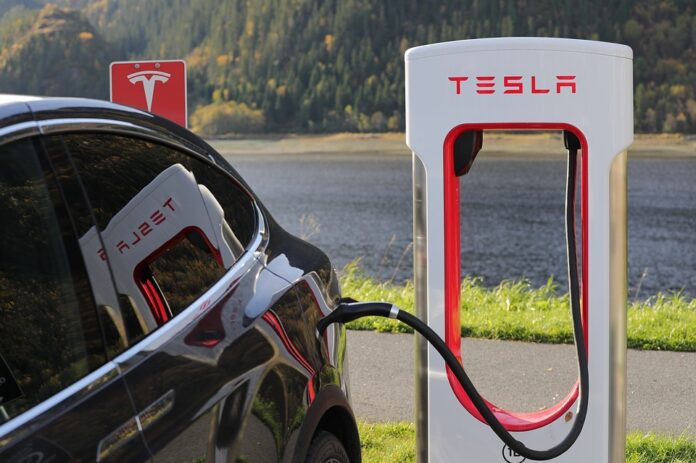Since the day it was released the Tesla Model S has been setting the bar of what an electric car can, and should be. Tesla Model S charging problems sounds quite daunting because if you can’t charge your electric car, you cant drive anywhere. The frustration of this fault means that customers are often left in a pickle when they first encounter it. You’re not normally trying to charge the car if the battery is full.
Charging problems are something that Tesla has had to deal with on this car. We are going to take a look at all the charging problems Tesla has had with this car, and how they are fixed.

Why is my Tesla Model S not charging?
Here are the main reasons why your Tesla Model S could be having charging problems.
- A faulty supercharger or charger at the services.
- A faulty charging port.
- Flash memory fault.
- High power wall connector (HPWC) fault.
- A Software glitch.
Am I plugged into a faulty Tesla Supercharger?
Sometimes, when trying to charge at the services. You plug your car in, only to come back later to find it hasn’t been charging. The first thing to do in this instance is to try using another charger. It is fairly common for chargers at the services to stop working. Swapping to a different one will solve this issue.
If it doesn’t then try another charger again. If your car still won’t charge then it looks like there is a problem with the car, not the chargers. You should also receive a notification from the Tesla app if your car stops charging whilst plugged into the charger.
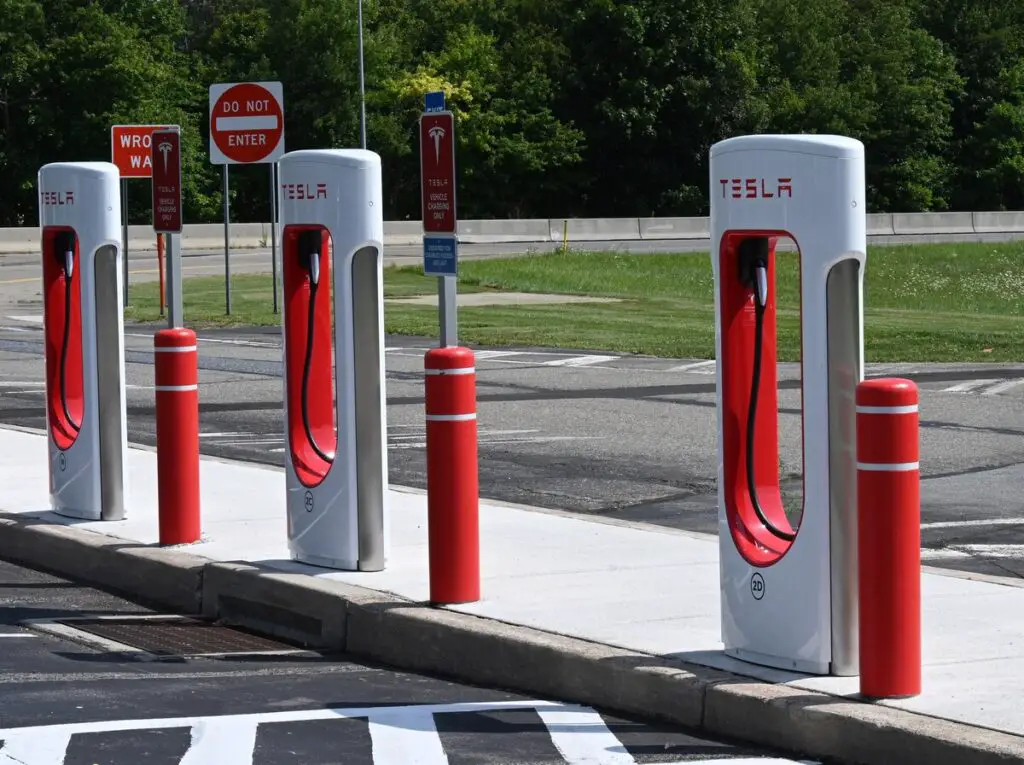
Does my Tesla Model S have a faulty charging port?
One of the most common Tesla Model S charging problems is with the charging port on the vehicle. The port can become faulty and then lose communication with the car’s main computers. When this happens the port will not respond to the charger being plugged in. No green light comes on and no charge is passed to the battery.
In some cases, the flap that opens to reveal the port will not open either. This can be manually opened but is normally the first sign of a faulty charging port. The car will need to have a replacement port fitted by Tesla. This part is covered by warranty so there will be no cost for the repair if the car is within its warranty period. If not you should expect the repair to cost up to $600.
Does my Tesla Model S have a flash memory fault?
Some older Tesla Model S charging problems can be put down to a fault with a flash memory chip that goes blank. This also causes one of the screens to also go blank in the car. A big issue considering most aspects of the vehicle are controlled through touchscreens.
The problem happens because this flash chip is re-written every time the vehicle is started. Because this chip has a set maximum rewrite capacity. Once this is reached the chip will just go blank. This causes the car to not charge among other faults. The car will have to be repaired by Tesla. There have been requests for Tesla to do a vehicle recall to rectify this fault, but they haven’t done this due to the smaller number of recorded instances.
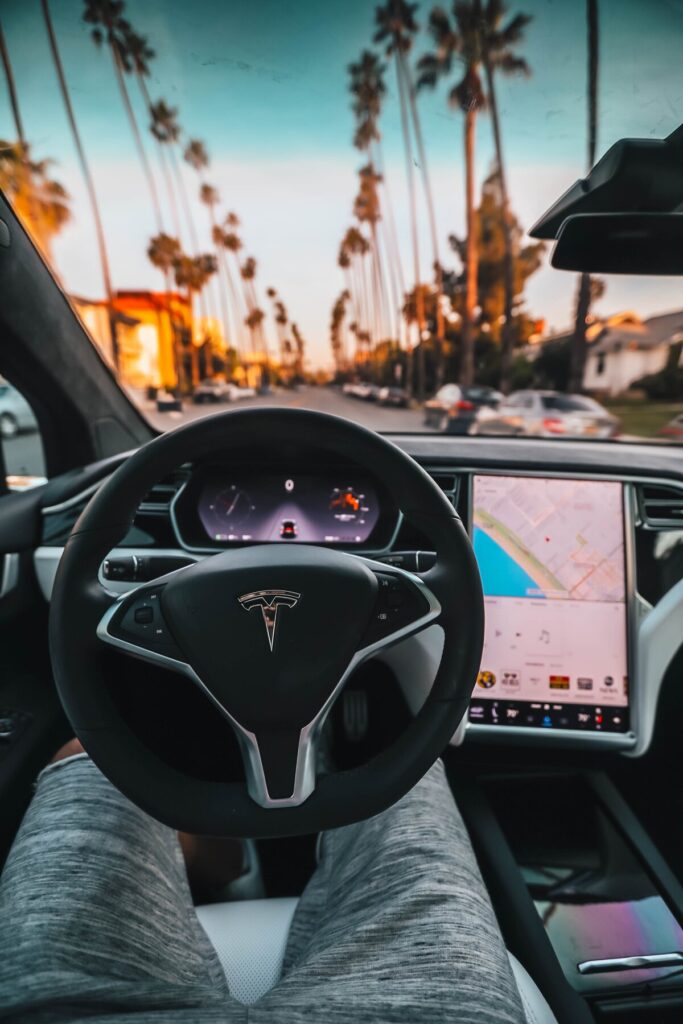
Is my Tesla wall charger faulty?
Having problems with the wall charger is not uncommon. It could be that there is no power to the unit, diagnosed by no lights on the charger. Or that there is power to the unit but no ability to charge or the charging keeps getting interrupted. Here the lights will be on the unit but there will still be issues with charging the vehicle.
If there are no lights on the unit you should check that the circuit breaker for the charger hasn’t tripped. This can trip if the charger is set to a charging amp setting that is too high. It could be overloading the breaker and causing it to trip. Lower the charging rate in order to solve this problem. There may also be a wiring fault somewhere between the charger and the breaker in the house. You would need to get an electrician to diagnose this if this is the case. Otherwise, the actual unit may be faulty and need to be replaced.
If the light is on the unit but it won’t charge the car, there could be a fault with the grounding wiring. If this isn’t a solid connection then it will cause a lot of charging issues. Getting an electrician to check this should help you diagnose if this is the cause of the charging issues. Apart from this, the unit can be reset, details of how to do this are later in this article.
Does my Tesla Model S have a charging software problem?
Whilst the Model S is charging there can sometimes be small glitches in the software that cause the car to stop charging. An error message will come up in the Tesla app notifying you that the car has stopped charging. This error will need to be cleared from the app. The car will then need to be disconnected and then reconnected to the charger in order to restart charging. These software errors aren’t severe but sometimes, if the previous steps don’t fix it then the car will have to be rebooted to restart the computers.
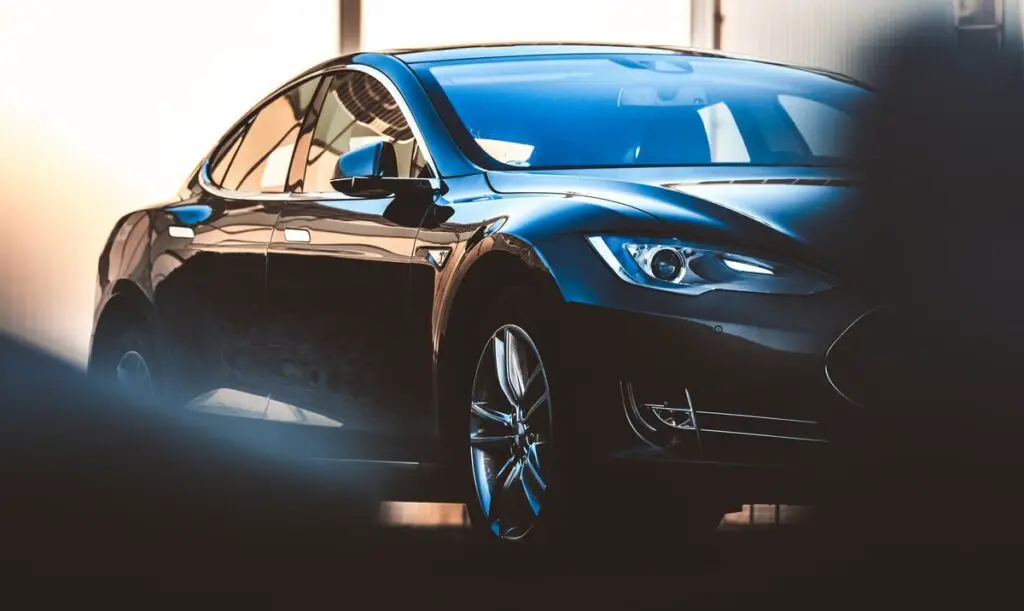
How do I reboot my Tesla Model S?
Sometimes the car just needs to be rebooted to clear any glitches and restart the systems. Think of it like your computer that sometimes needs a restart to clear a software glitch.
To reset the car you need to follow this procedure.
1- Put the vehicle in park with all the doors closed.
2- Go to Controls – Safety and Security – Power Off
3- Don’t touch anything for 5 minutes, then press the brake or open the door to restart the vehicle.
If you want to do another type of reboot here is the full range of reset procedures.
Why does my Tesla charging get interrupted?
Tesla Model S charging may be interrupted for a number of reasons. The most common are the following.
- Power surges or dropouts to your house.
- Wall charger charging current set incorrectly, usually too high.
- Loose electrical connections.
- Grounding faults in the charging circuit.
We don’t recommend trying to fix these issues on your own. All of these faults are something that a qualified electrician should be checking to diagnose the cause of your Tesla Model S charging problems.

What does the blinking red light on my Tesla charger mean?
A flashing red light on your Tesla Model S charger means there is a grounding fault. This may be a poor connection or a badly installed ground, nothing is actually wrong with the charger just with the installation. An auto electrician will be able to quickly and easily rectify this issue for you.
How do you reset a Tesla charger?
To reset the Tesla Model S wall charger you need to locate the circuit breaker that it is connected to. Flip the switch so that power is disconnected from the charger. Then wait for at least 10 seconds and switch the breaker back on. This will reset the wall charger.
To reset the mobile connector you just need to press the red reset button on the back of the connector.
Has my Tesla Model S been recalled?
On January 13, 2014, Tesla issued a recall for the Model S wall charging adapter, not the actual car itself. Model number NEMA 14-50. This was due to the concerns of potential fires due to resistance heating in the unit. When the adapter encounters too much resistance then it could heat up to the point that it can melt the casing, cord, or socket. If severe enough this could lead to electrical arcing and potentially a fire.
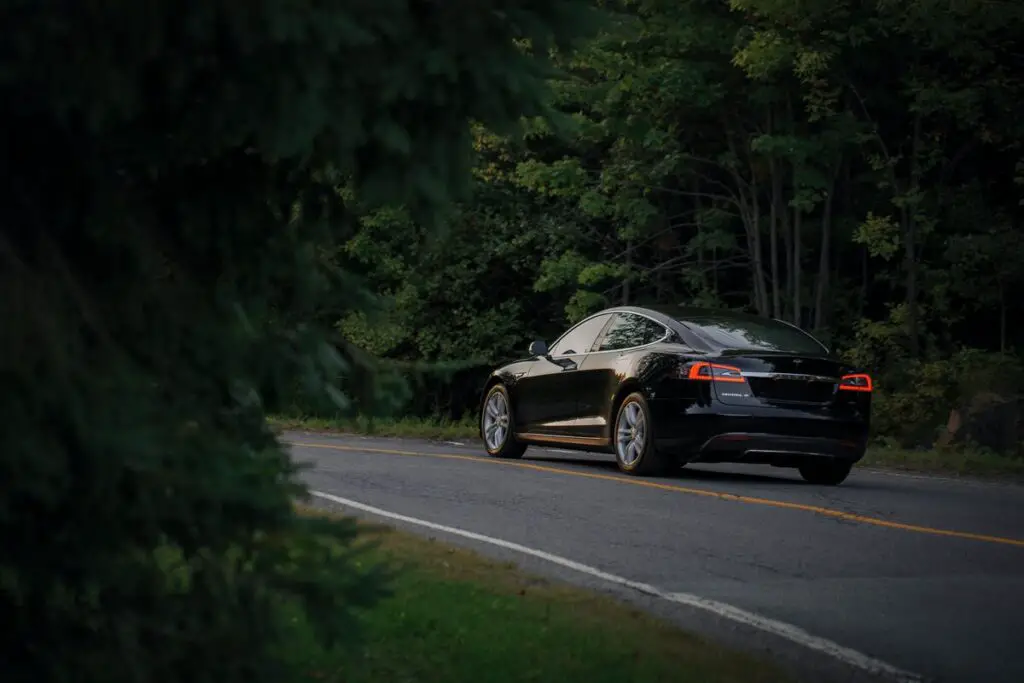
The fix was issued as an over-the-air update so you didn’t need to return or take your charging unit in for repairs. Over 99% of all the affected adapters were updated and subsequent models of the adapter had a new thermal fuse fitted. This increased the safety of the device further.
Will I have problems charging my Tesla Model S?
Charging issues are not something that generally crosses people’s minds when buying a Tesla Model S. But it is something to bear in mind. The faults we see on the Tesla Model S aren’t severe or dangerous. And the only one with any significant safety risk was rectified through the recall. You should rest easy knowing that the next time you go to plug your Tesla Model S into the charger that it will work just fine. But if it doesn’t, we’ve given you all the information you need to get on the road again as quickly as possible!
We hope you enjoyed reading this article and got the answers you were looking for. Please leave us a comment down below sharing your experiences with the Tesla Model S. And share this article with anyone else who could also benefit from the information here.

